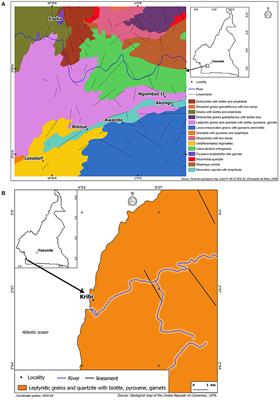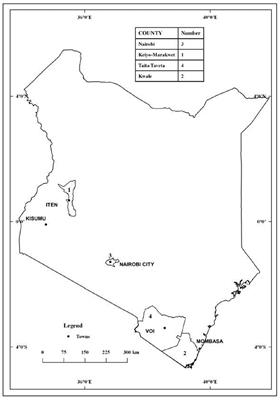ORIGINAL RESEARCH
Published on 11 Feb 2020
The Importance of Direct Progeny Measurements for Correct Estimation of Effective Dose Due to Radon and Thoron

doi 10.3389/fpubh.2020.00017
- 3,451 views
- 37 citations
3,578
Total downloads
24k
Total views and downloads
ORIGINAL RESEARCH
Published on 11 Feb 2020

REVIEW
Published on 08 May 2019

ORIGINAL RESEARCH
Published on 03 May 2019

ORIGINAL RESEARCH
Published on 10 Apr 2019

